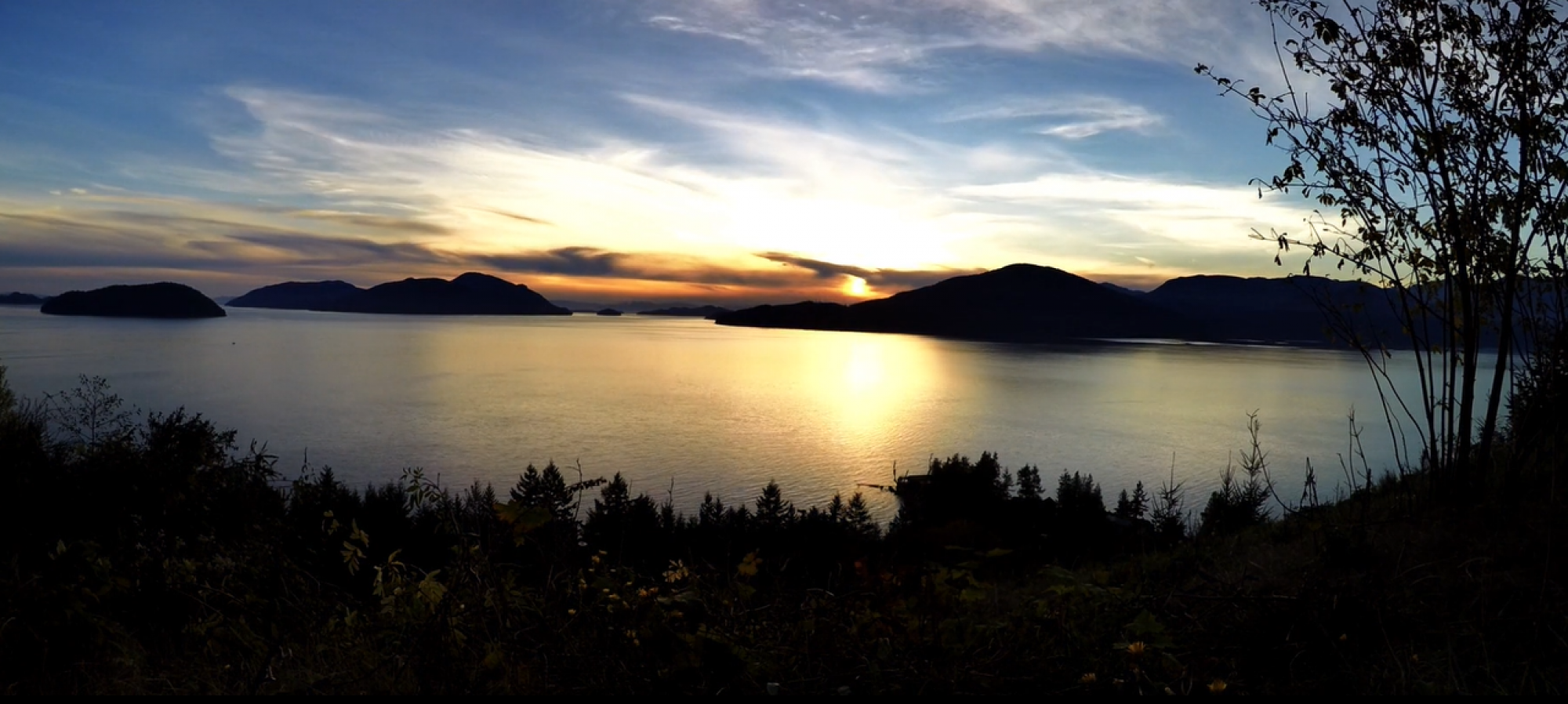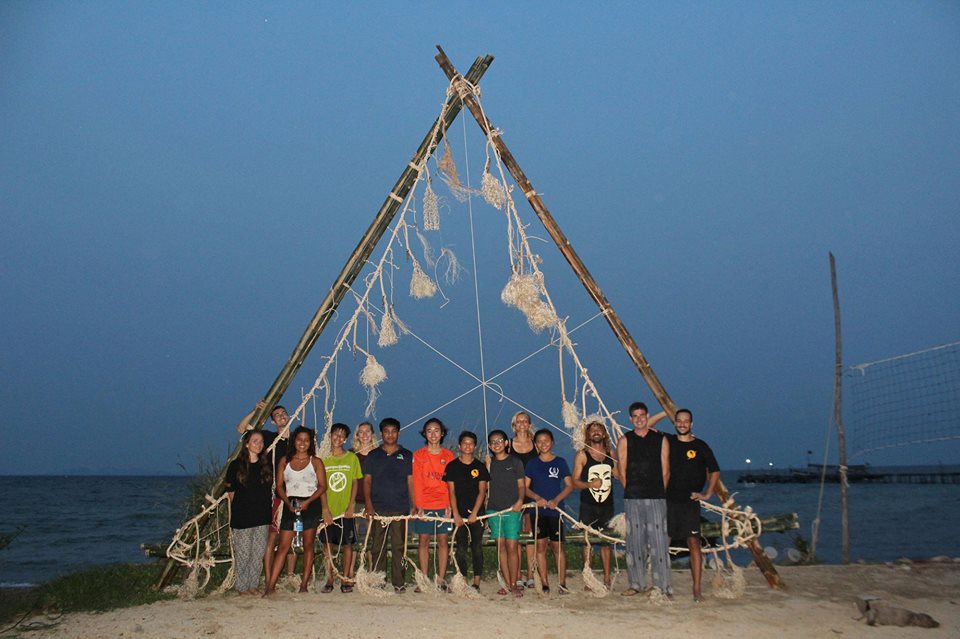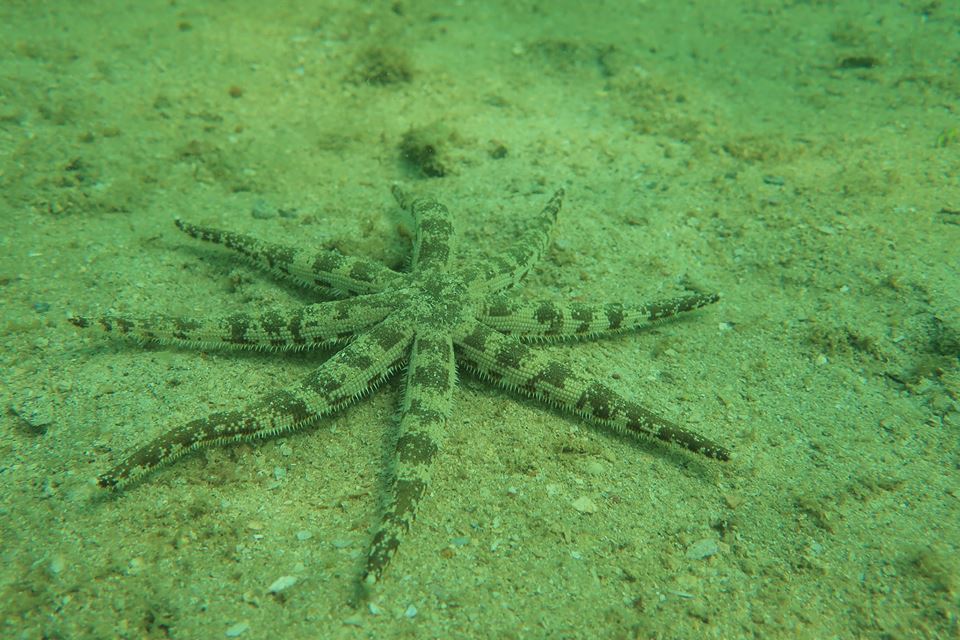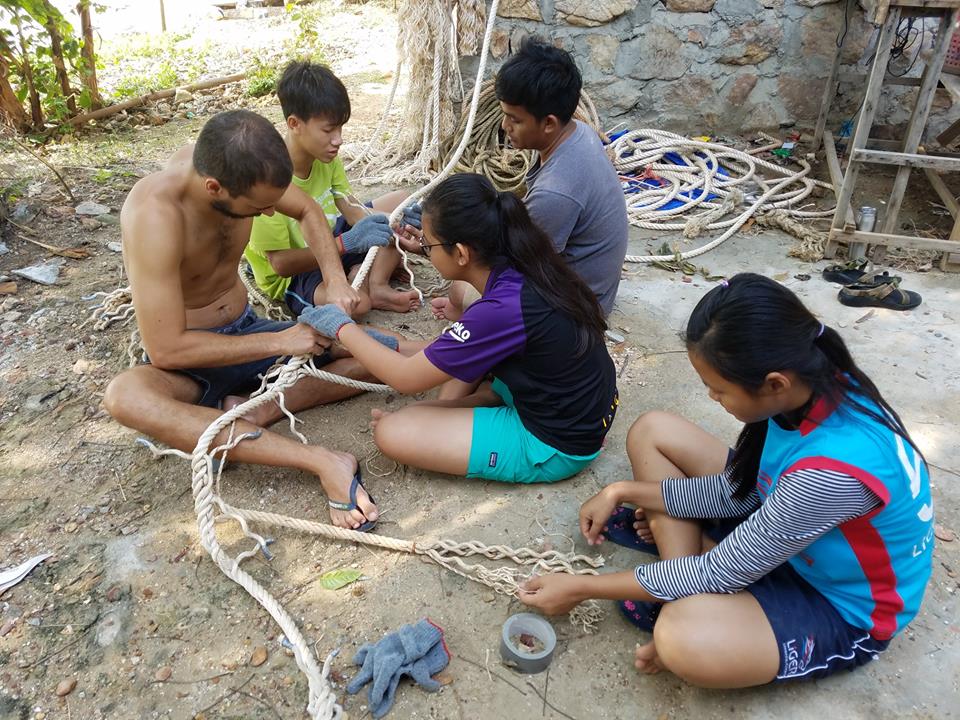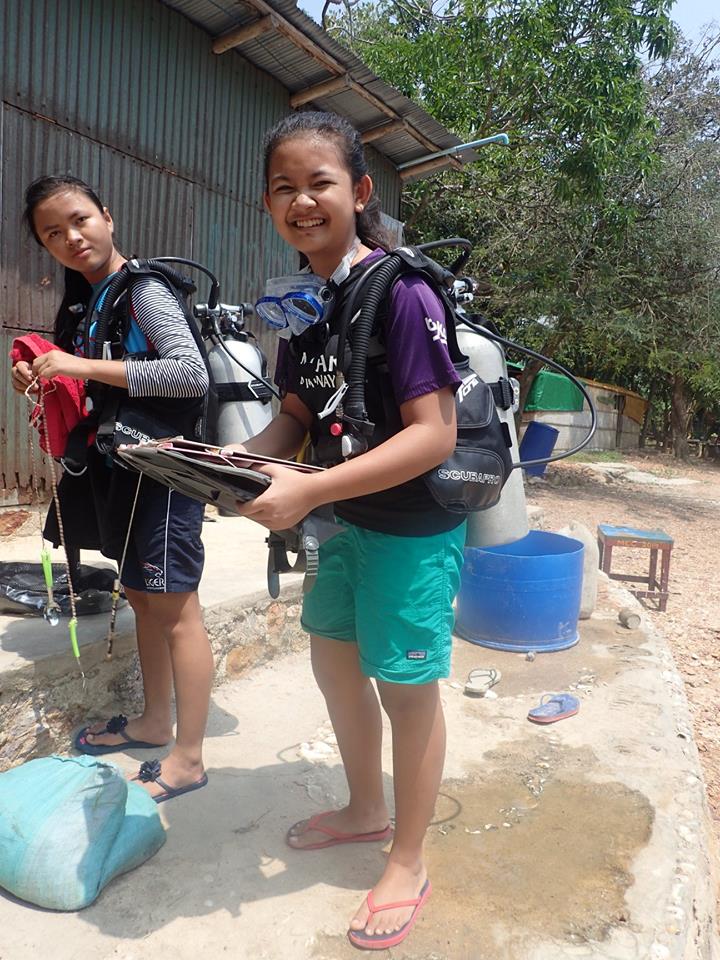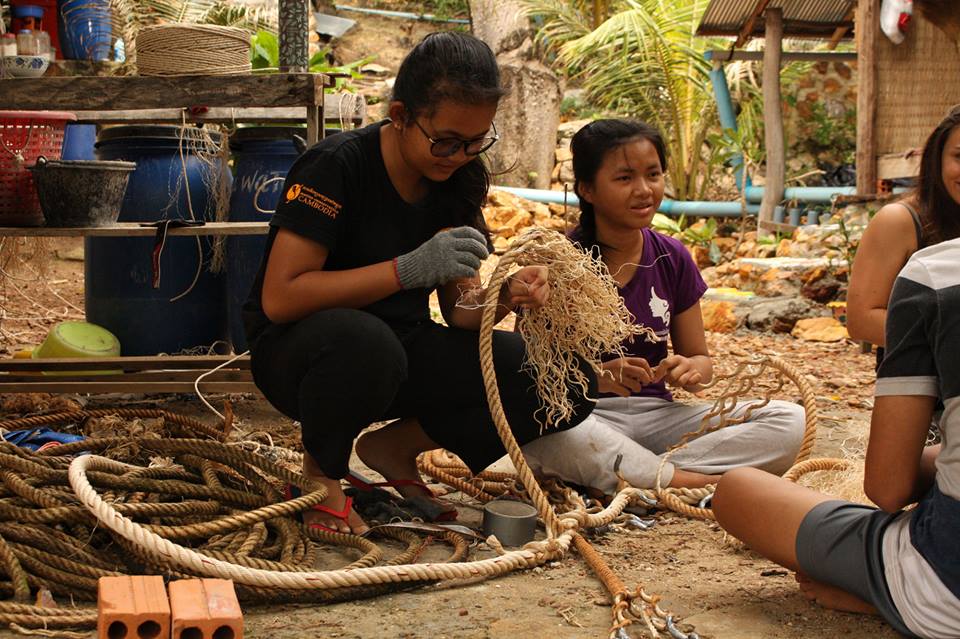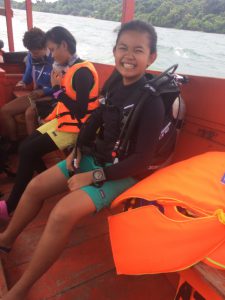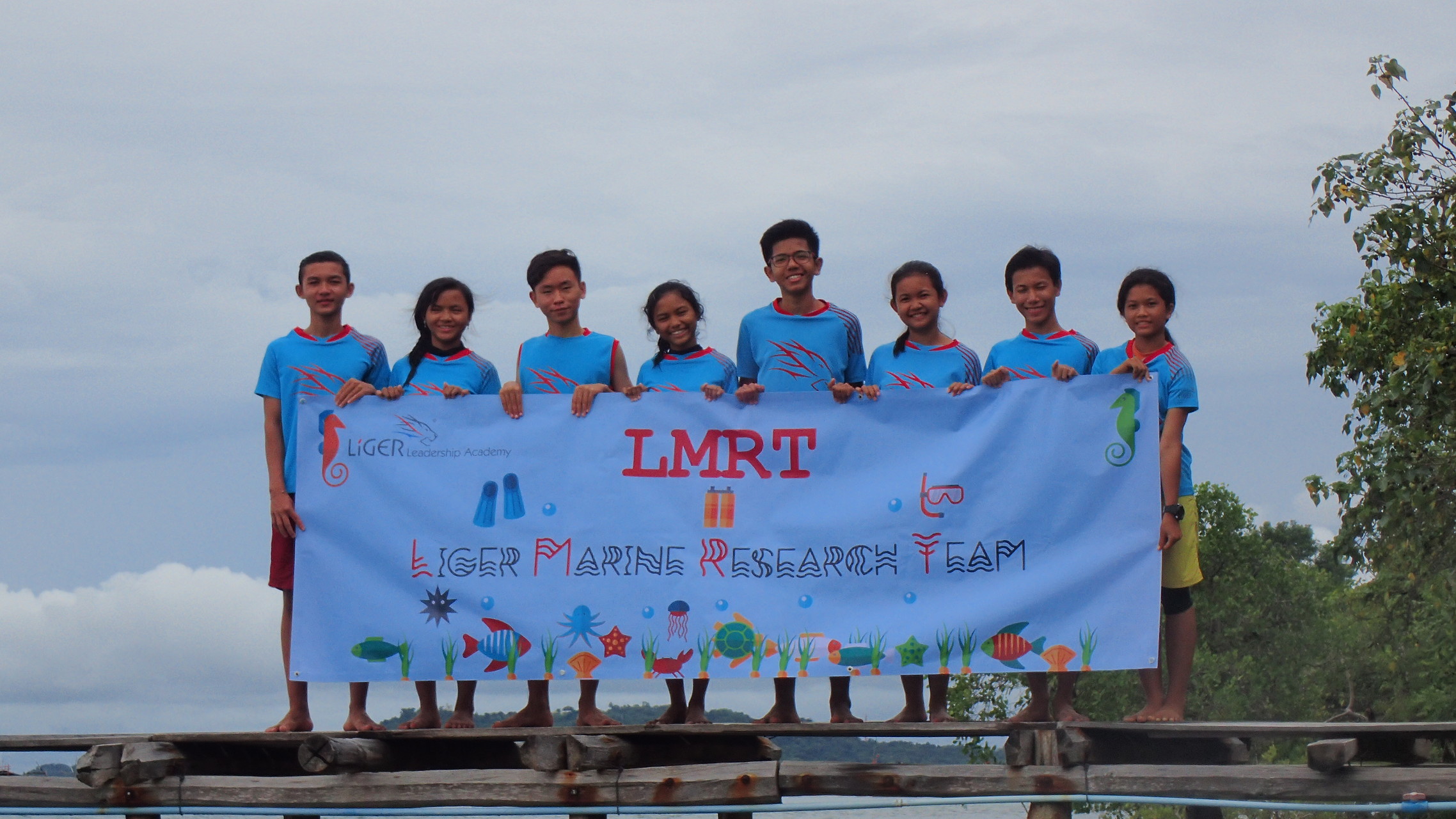Perhaps, it was a long break since our last trip (May 24th-29th)! Now, here we are, becoming islanders again. Since diving is weather-dependent, the long delay was because of the poor whether which led to poor visibility and it wasn’t our field season. Another reason would be……our schedules. It sounds as though we are never free. School schedules are hectic, students are busy catching their breath….so, that’s why. Anyways, we were back; that’s all that matters.
After eight months, these young researchers covet to see their artificial reef and cluster improvementttt. They geared up, made a giant stride, descent, and saw nothing. Well, they saw sediments. The bad news: their artificial reef imploded and their cluster was cut. That’s so unpleasant after 8 months, don’t you think so? A possible theory made by one of MCC’s staffs was because of trawling. The net dragged the structure and, thus, 1/3 of it was buried in deep deep sediments. The cluster is gone. Perhaps, twice. We reattached and then it is gone, again.
Alright, that’s the update. Actually, we weren’t disappointed, just slightly I would say. Because that’s obviously a part of the research. Obstacles come and we strive; there’s no stopping. We learned, discussed, and planned for the future.
Comtemplating on this damaged structure wasn’t the only thing we did during this trip. We built more cluster, did beach clean up, built a plastic boat, did some fun dives, and watch the beautiful sunsets. It didn’t stop us from being productive. I never doubt this team’s efficiency.



Back to school, we had a fruitful discussion about our future plan; what should we do on this damaged structure. And yes, we have a plan. Want to know what it is? You’ll need to read my next post.
